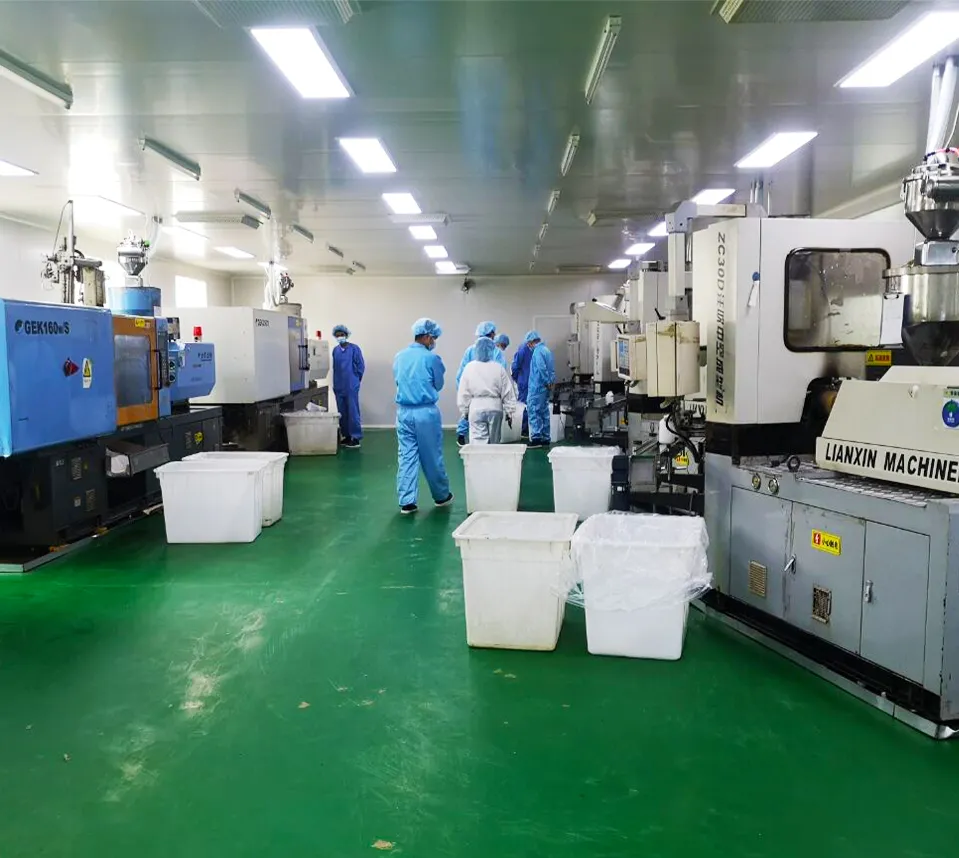https://www.wahmg.com/)">
Exploring the Process and Benefits of Injection Molding for Plastic Bottle Production
Exploring the Process and Benefits of Injection Molding for Plastic Bottle Production
The Process and Benefits of Injection Molding Plastic Bottles
Injection molding has revolutionized the manufacturing of plastic products, especially in the production of plastic bottles. This process involves injecting molten plastic into a mold, where it cools and solidifies into a desired shape. The popularity of injection molding in producing plastic bottles stems from its efficiency, precision, and versatility, making it a preferred choice for many industries.
Understanding the Injection Molding Process
The injection molding process begins with the selection of raw plastic materials, typically in the form of pellets. Common plastics used include polyethylene (PE), polypropylene (PP), and polyethylene terephthalate (PET)—the latter being widely utilized for beverage containers. The chosen plastic is heated until it melts, becoming a viscous liquid that can flow easily.
Once the plastic is in a molten state, it is injected into a pre-designed mold under high pressure. The mold is carefully engineered to form the exact shape of the bottle, including any specific features such as threads for caps or unique ergonomic designs. After the injection, the material is allowed to cool and harden in the mold. Once solidification is complete, the mold opens, and the finished plastic bottle is ejected.
The entire process can be remarkably quick, often taking under a minute to produce each bottle. This efficiency not only helps in meeting high demand but also significantly reduces production costs.
Benefits of Injection Molding for Plastic Bottles
1. Precision and Consistency Injection molding enables the production of highly precise and uniform bottles. Each bottle produced will have the same dimensions, weight, and structural integrity, crucial for quality control, especially in industries like food and beverages where safety and consistency are paramount.
injection molding plastic bottles

2. Material Efficiency The process minimizes waste, as excess plastic can often be recycled and reused in future production runs. This efficiency is environmentally friendly and appealing to companies looking to reduce their carbon footprint.
3. Design Flexibility Injection molding allows for intricate designs and features that can be incorporated into the bottle production process. Companies can experiment with different shapes, sizes, and functionalities, providing them the opportunity to create unique products that meet specific market needs.
4. Production Scale Whether producing thousands or millions of bottles, injection molding can easily scale up production. High-speed production capabilities make it feasible for manufacturers to respond to market demands quickly, ensuring that they never fall short of supply.
5. Lower Labor Costs Once the machines are set up for production, the labor costs associated with the injection molding process are relatively low. High automation levels allow for a reduction in manual intervention, allowing companies to concentrate labor efforts on other vital areas.
6. Durability and Strength Bottles made from plastics deployed in injection molding tend to have excellent strength properties. They are lightweight yet robust, making them ideal for packaging beverages and other products that require a strong, shatter-resistant container.
Conclusion
Injection molding has established itself as a leading manufacturing process in the production of plastic bottles. With its myriad benefits—including efficiency, precision, design flexibility, and cost-effectiveness—it caters to the growing demands of modern industries. As companies continue to innovate and look for sustainable solutions, the role of injection molding in creating reliable and functional plastic bottles will only become more significant. The future of plastic bottle production looks promising, with injection molding at the forefront of technological advancement in manufacturing.
-
Wholesale Plastic Juice Bottles with Caps 16 oz Options Available Bulk Packaging SolutionsNewsJun.10,2025
-
Laboratory Apparatus Reagent Bottle – Durable & Chemical Resistant Bottles for Safe StorageNewsJun.10,2025
-
Squeezable Dropper Bottles Durable, Leak-Proof & CustomizableNewsMay.30,2025
-
Affordable Plastic Petri Plates Sterile & Disposable Lab-GradeNewsMay.30,2025
-
Eye Dropper Caps Precision 24/410 & Plastic Bottle-Compatible TipsNewsMay.30,2025
-
Affordable Mini Spray Bottle Price & Wholesale Deals Shop NowNewsMay.29,2025





















